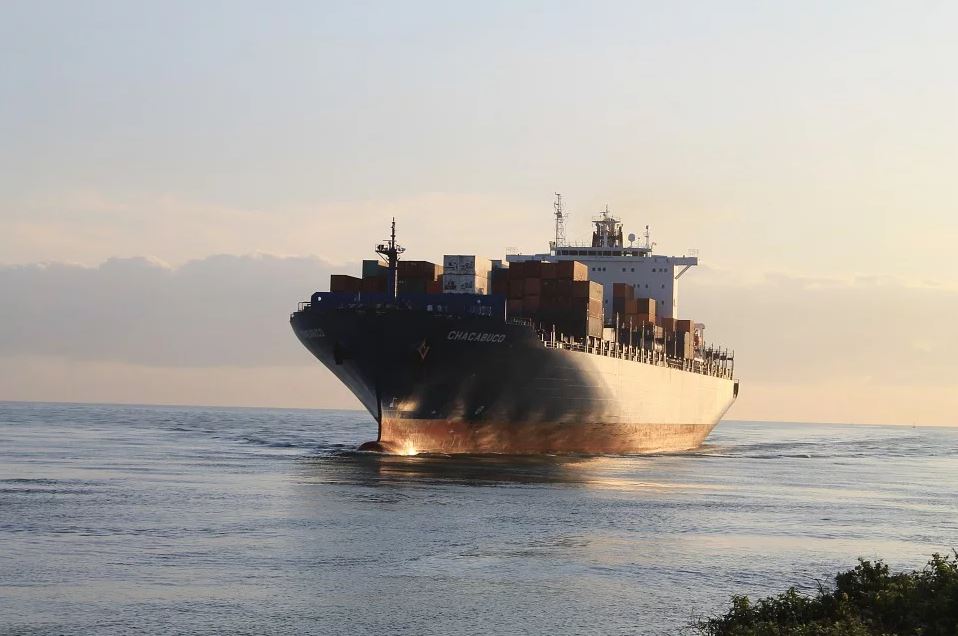One significant factor in piston rings that often goes ignored is the specific material used on the outside of a piston ring. Whilst the lubricant used is often a major area of attention since it’s a significant factor in the amount of friction acting within the engine, the material of the piston itself also plays a major role in the engine’s internal friction and wear.
Why have a coating?
Whilst durable materials such as cast iron are often used for the bulk of the piston rings, performance is increased if coated with wear-resistant materials. Cast iron is durable, however, the material can often be rough and rub up against other components, causing significant damage in the long run if it goes unprotected. In the case of marine piston rings, this could even mean an engine breakdown taking place whilst at sea, which is an incredibly difficult issue to solve.
What materials are used?
Traditionally in the 1940s, this durable coating was chromium, but as time has gone on, different materials have been tested such as molybdenum and cermet. Although each material has its flaws, the current method of using a High-Velocity Oxygen Fuel system to coat sealing rings is proving to be widely effective, and is thus supported by piston ring manufacturers. These more modern materials prevent the coating from flaking off, increasing the lifespan of the piston ring. Where the wrong coating can lead to more friction, overheating and damage, coating your marine piston rings in the right material can allow you to keep your engine running with no fear of damage.
If you need your marine piston rings maintained, examined, or re-coated, get in touch with Precision Products UK. Our highly experienced team of experts will be able to answer your queries and help with any issues you might be having.

